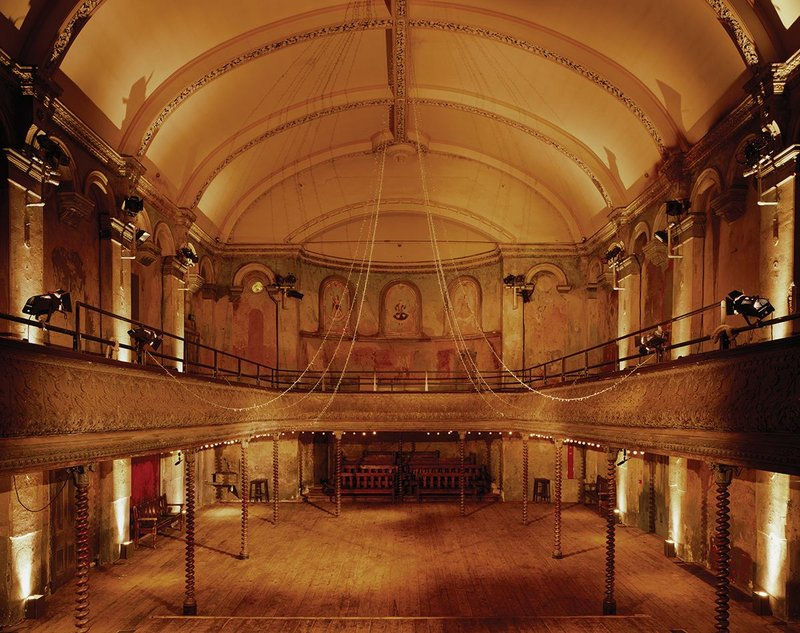Retrofit Imperative
In the context of an escalating climate emergency, the construction industry occupies a problematic position. The traditional growth of the industry has been based on the demolition and replacement of old buildings with new, yet this process consumes vast amounts of energy that we cannot afford to expend if we are to see planned emission reductions.
Ideas / Retrofit
July / 2025
Until recently the construction industry’s sustainability focus has been on reducing the energy consumption of buildings themselves rather than the consumption of the industry as a whole. Building Regulations along with rating standards such as BREEAM and LEED have encouraged and enforced an increase to the performance of building fabrics and the efficiency of heating and cooling systems. These changes have reduced the emissions relating to the running of buildings but leave the problems associated with emissions embodied int the construction of buildings in the first place.
It is estimated that the built environment is responsible for 39% total carbon emissions. While the majority are produced through operational energy requirements, 11% of global emissions are embodied in the materials and processes of construction itself. This problem is exacerbated by the industry’s economic model which favours demolition and re-building when a building reaches its perceived life-span. Despite improved techniques to re-cycle construction waste, masses of embodied carbon is lost and the cycle repeats with the huge energy requirements of rebuilding.
Given this context, it’s not surprising that campaigns encouraging refurbishment in place of demolition are gaining ground. There is an obvious need to keep existing structures wherever possible and to focus design skills on inventive ways to re-position and re-use existing buildings rather than conceiving new ones.
Although the benefit of retro-fit over demolition seems obvious, the actual process of doing it, is full of choices and questions that require careful consideration. The definition of retro-fit can vary from a simple redecoration, to a complete strip back to the frame and foundations. In sustainability terms, deciding on where to place the project on this spectrum will mean balancing the potential energy consumption of the construction works with the potential operational energy savings of the refurbished building. Doing little to an existing building will produce little embodied carbon in terms of construction work, but if that building has an inefficient envelope and heating system then the limitations of the refurbishment will mean the building continues to emit substantial carbon through its operation. Conversely stripping a building back to is bare bones and introducing new external walls, roofs, glazing and services will help create an efficient low emission building but will embody far more energy in its construction.
A careful consideration needs to be given to the balance of embodied and operational energy, and this in turn needs to be considered in pay-back terms and timing. We need to reduce carbon emissions now, so there is little point in energy intensive retrofits that do not pay back initial carbon investments for many years to come. To avoid this, attention needs to be given to the material and techniques used in retrofit and their embodied carbon levels. Specifically, focus needs to be given to the use of low carbon regenerative materials, local production, material re-use, full life cycle design techniques and sustainable maintenance regimes.





